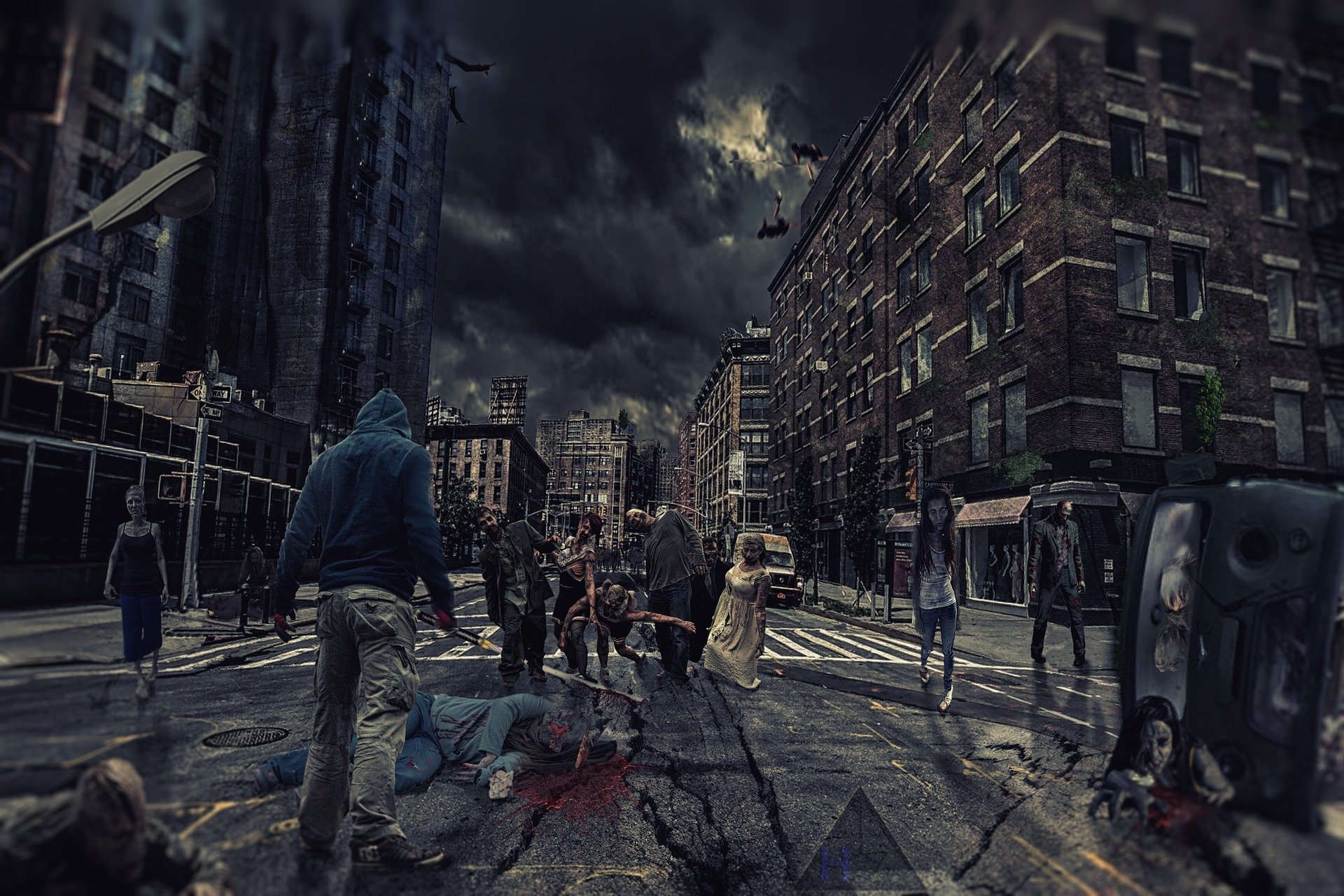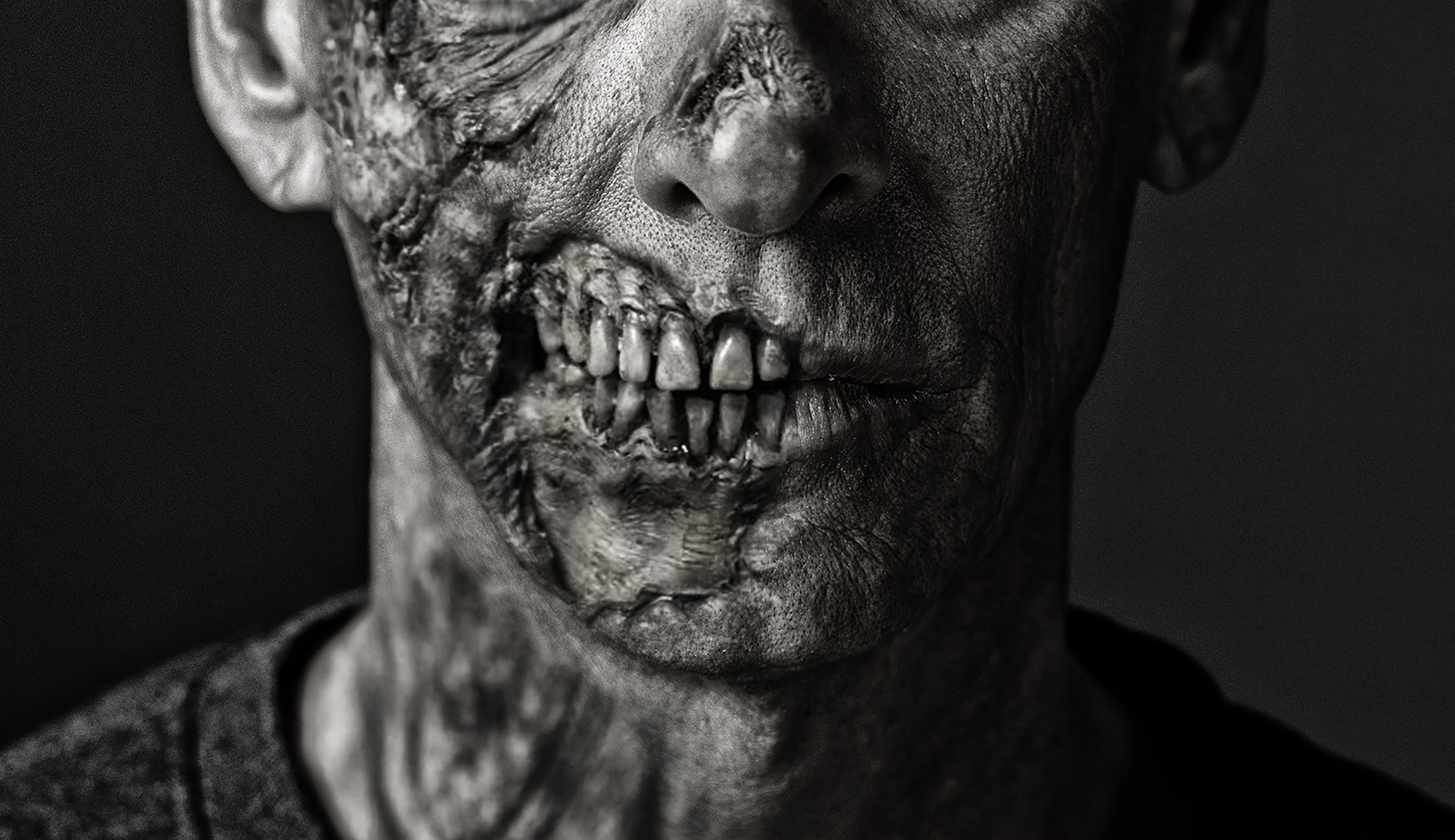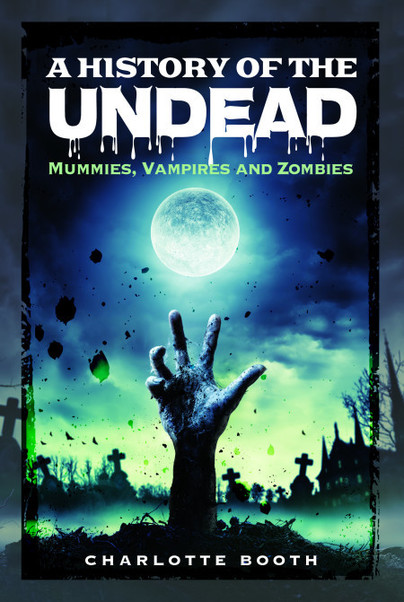The Evolution of the Zombie in Five Steps
Guest post from author Charlotte Booth.

We all think that we understand zombies – slow-moving undead with a hankering for brains. But this is literally the tip of the iceberg when it comes to the walking dead. Zombies are far more complicated than this stereotypical characterisation would suggest. And they are an evolving breed.
1. Zombies have one foot in reality
The original idea of the zombie arrived in the west via Haiti and the voodoo practice of making someone into a zombie upon their death.
A traditional Haitian zombie was recently deceased and had been abducted by a bokor (priest). Then the bokor, through a series of rituals removed their soul and free-will meaning they would do the bokor’s bidding or be sold as slave labour. A Haitian zombie does not feast on brains or kill humans. Instead, they have no free-will and work tirelessly until they have served their purpose or until the bokor who created them dies.
This is such a fundamental part of voodoo culture there is actually a law in place criminalising the creation of a zombie. There have also been cases of people returning to their families years after death, claiming they had been made into zombies and forced to work.
2. Zombies and vampires in folklore
Folklore from around the world, going back hundreds of years include creatures normally called vampires whose behaviour is closer to that of the pop-culture zombie than the traditional blood-sucking but suave vampire we are used to seeing in films like Interview With A Vampire, or shows like True Blood.
These ‘vampires’ rose from the grave and then traumatised their town or their families, fed off the living, killed the living and even spread infectious disease like the plague before returning to the grave. Although the behaviour is vampiric they were essentially walking corpses, complete with rotting flesh and the inability to communicate.
3. George Romero
The birth of zombies as we know them can be placed at the door of George Romero and his film Night of The Living Dead in 1968. The slow ambling, brain-eaters were introduced in this movie and the tropes have remained a constant since then. These include:
- The dead rising from the grave
- They require human flesh to live
- They can be killed by a shot to the head (as can most people)
- Injuring them doesn’t slow them down
- Whilst you can kill some of them, every death (unless the brain is destroyed) creates another zombie
Romero essentially amalgamated the vampires from folklore with the Haitian zombie and created the Western pop-culture zombie.
4. The changing world of zombies
Since being introduced in George Romero’s movies zombies have changed, and the zombie universe varies from film to film and TV show to TV show.
Sometimes the zombies are quick (28 Days Later and World War Z), and sometimes they are slow (The Walking Dead and Day of the Dead). Zombies’ behaviour can also be effected by external factors, such as Viagra and radiation (Z Nation).
In Romero’s 2005 Land of the Living Dead, the zombies started remembering their lives which adds the dimension of them being sentient beings.
But rarely do they actually eat brains. They tend to eat any squishy human internal organs that they can get their hands on.
5. The functioning zombie
One of the latest incarnations of the zombie is that of the functioning zombie, as introduced in the TV shows iZombie and The Santa Clarita Diet.
A functioning zombie is able to live life undetected (although in iZombie their motto was ‘Tan and Dye’ to do so) as long as they get their regular supply of human flesh. It’s interesting that whilst moving away from traditional tropes in one sense iZombie re-introduced the need to eat brains as a key plot device.
At the beginning of Edgar Wright’s Shaun of the Dead, this idea of a functioning zombie was taken a bit further with a montage of zombie-like people (prior to the apocalypse) working jobs and going through life in a zombie-like haze.
Zombies are no doubt going to continue evolving with different elements of the Romero tropes being tweaked and re-invented. Add to the that the path of what starts the zombie apocalypse in the first place which has so far included a virus, aliens, divine retribution, toxic waste and the innate gene in all of us to ‘change’ upon death.
In recent years zombies have outstripped the vampire in popularity, and both vampires and zombies left the mummy behind in the 1970s. Zombies are clearly here to stay, and not just because you need a clear head shot to put one down. But because they are plastic and adaptable and there is too much that can still be done with them for the filmmakers to stop.

………………………………………………………………………………………………………………………

A History of the Undead is available to order here.

